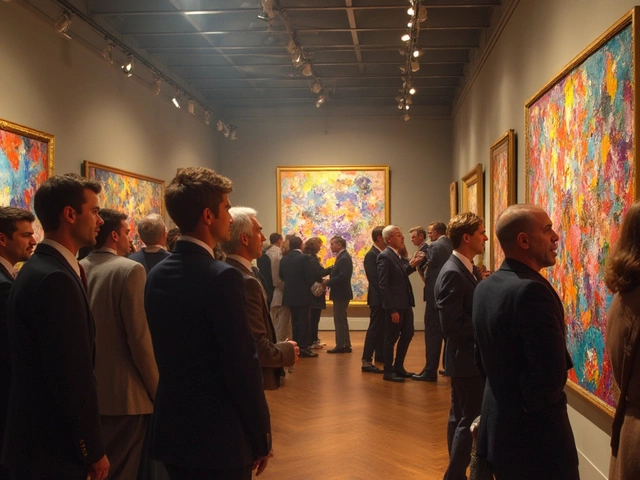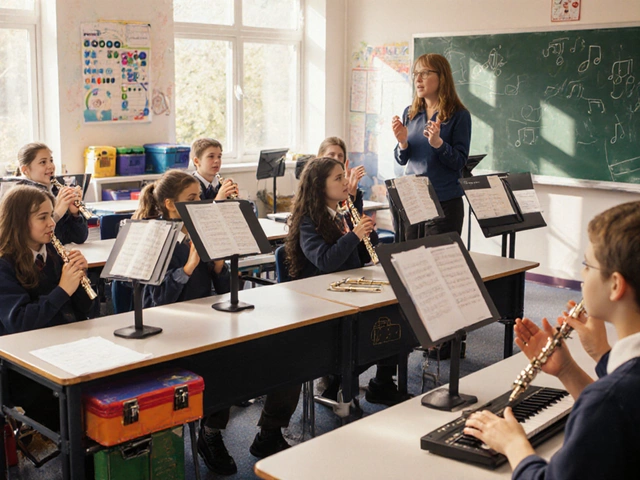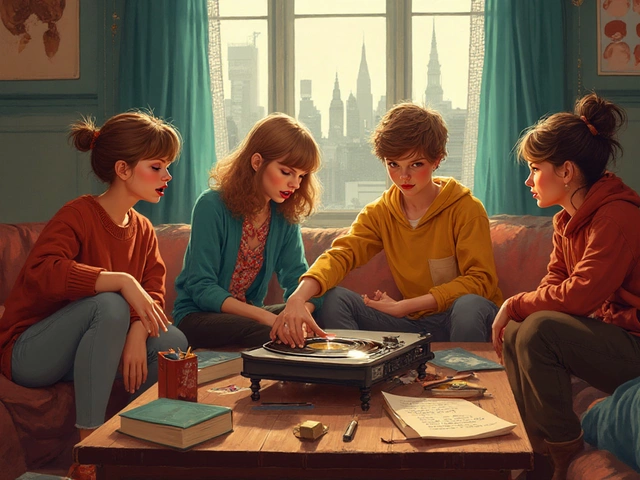Rule of Thirds Portrait: Mastering Balanced Composition
When working with Rule of Thirds Portrait, a compositional guideline that divides the frame into nine equal sections and suggests placing key visual elements on the four intersecting points. Also known as rule of thirds for portrait, it gives photographers a reliable shortcut to achieve natural balance. Rule of Thirds Portrait isn’t a strict law; it’s a flexible tool that helps you decide where the subject’s eyes, nose, or mouth should sit to catch attention. The principle works hand‑in‑hand with Composition, the overall arrangement of shapes, lines, and colors inside an image. Good composition uses the grid to create tension, guide the viewer’s gaze, and avoid a flat, centre‑heavy look. In Portrait Photography, the goal is often to showcase personality, so placing the subject’s eyes on a power‑point of the grid instantly adds depth and intimacy. By aligning a key feature with a grid intersection, you also establish a clear Focal Point, the area that draws the viewer’s eye first, which is crucial for making a portrait feel alive rather than static.
Why does the rule matter for visual balance? Because the human brain prefers asymmetry that still feels settled. When the subject’s eye sits on the top‑right intersection, the empty space on the opposite side gives the image breathing room, creating a sense of equilibrium without forcing the subject into the dead centre. This balance is a core attribute of Visual Balance, the distribution of visual weight that makes a composition feel stable. A portrait that respects visual balance feels comfortable to look at, and viewers linger longer. The rule of thirds also interacts with lighting direction; a light source coming from the side of an empty grid cell can accentuate texture while keeping the subject’s face evenly illuminated. When you place the subject slightly off‑center, you gain room for accessories, background details, or a hint of context that tells a story without stealing focus.
Putting the rule into practice doesn’t require a calculator—just a habit. Start by turning on the grid overlay in your camera or phone. Frame your subject, then nudge the eyes to the nearest intersection. Check the background: does the empty space complement the pose, or does it clash with distracting elements? If it’s busy, consider opening the aperture to blur the backdrop and reinforce the focal point. Remember, the rule of thirds is a guide, not a jail. Once you’re comfortable, experiment by breaking it: move the subject to the centre for a bold, confrontational portrait, or place them near the edge for a dynamic, movement‑filled feel. The key is to understand how the rule, composition, visual balance, and focal point work together, so you can decide when to follow it and when to bend it for artistic impact. Below you’ll find articles that dive deeper into these ideas, from perfecting skin‑tone palettes to choosing the right print sizes for your finished work.

Learn how the rule of thirds shapes portrait painting, from eye placement to combining with golden ratio, lighting, and color. Follow a step‑by‑step checklist and avoid common compositional pitfalls.





